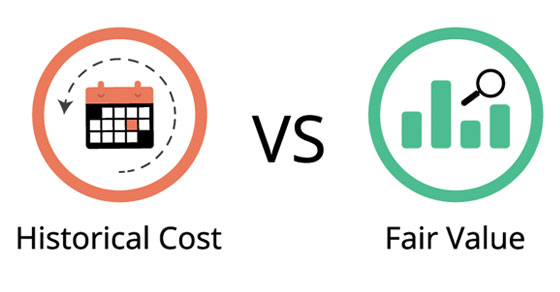Auditors use various procedures to verify the amounts reported on your financial statements. In addition to reviewing original source documents and comparing trends from prior years, they may reach out to third parties — such as customers and lenders — to confirm that outstanding balances and estimates agree with their records. Here are answers to questions you may have about audit confirmations.
When are they used?
External confirmations received directly by the auditor from third parties are generally considered to be more reliable than audit evidence generated internally by your company. Auditors may, for example, send paper or electronic confirmations to customers to verify accounts receivable and to financial institutions to confirm notes payable. They also may choose to substantiate cash, inventory, consigned merchandise, long-term contracts, accounts payable, contingent liabilities, and related-party and unusual transactions.
Before wrapping up audit procedures, a letter also will be sent to your attorney, asking whether the information provided about any pending litigation is accurate and complete. Your attorney’s response can help determine whether a legal situation has a material impact on the company’s financial statements.
What are the options?
The types of confirmations used vary depending on the situation and the nature of your company’s operations. Three forms of confirmations include:
1. Positive. This type asks recipients to reply directly to the auditor and make a positive statement about whether they agree or disagree with the information included.
2. Negative. This type asks recipients to reply directly to the auditor only if they disagree with the information presented on the confirmation.
3. Blank. This type doesn’t state the amount (or other information) on the request. Instead, recipients are asked to complete the confirmation form and return it to the auditor.
Some banks no longer respond to confirmation letters mailed through the U.S. Postal Service. Instead, they respond only to electronic requests. These may be in the form of an email submitted directly to the respondent by the auditor or a request submitted through a designated third-party provider.
How can you help?
You can facilitate the confirmation process by approving your auditor’s requests in a timely manner. However, there may be situations when you object to the use of confirmation procedures. When this happens, discuss the matter with your auditor and provide corroborating evidence to support your reasoning. If the reason for the refusal is considered valid, your auditor will apply alternative procedures and possibly ask for a special representation in the management representation letter regarding the reasons for not confirming.
Auditors also might ask your staff about confirmation recipients who aren’t responding to requests or exceptions found during the confirmation process. This may include discrepancies over the information provided in the request, as well as responses received indirectly, oral responses and restrictive language contained in a response. Your staff can help the audit team determine whether a misstatement has occurred — and adjust the financial statements accordingly.
Simple but effective
Audit confirmations can be a powerful tool, enhancing audit quality and efficiency. Let’s work together to ensure the confirmation process goes smoothly.
© 2020





